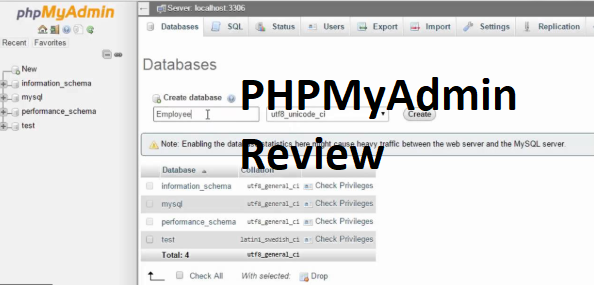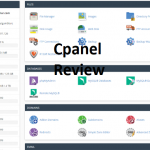PHPMyAdmin is a free open source written in PHP mainly and JavaScript. PHPMyAdmin is an administrative tool for MySQL and is fast becoming one of the most popular MySQL administrative tools, PHPMyAdmin was first released on the 8th of September, 1998.

PHPMyAdmin is available in 79 different languages and was written by Tobias Ratschiller later on ion 2001 three other developers Olivier Muller, Loic Chapeaux, and Marc Delisle took over the project development main effort to coordinate the fast-growing number of PHPMyAdmin patches.
Features of PHPMyAdmin
PHPMyAdmin is a free open source software tool that supports a variety of MySQL and MariaDB operations, PHPMyAdmin allows for sharing of information, ideas, tutorials and other operating procedures for users on their wiki pages. PHPMyAdmin has a variety of features and functions that facilitate better operation, some of these features include:
- Multiple servers: PHPMyAdmin administers multiple servers that help decentralize control and make controlling websites and uploading content easier and better to manage.
- Format: PHPMyAdmin has the feature of transforming your data into multiple formats depending on the predefined format of your choice.
PHPMyAdmin is also used for a lot of other functions such as server maintenance, creating, copying, altering, renaming data and much more. PHPMyAdmin can also be used to manage MySQL user accounts and other account privileges. There are a lot of other great functions that accompany the PHPMyAdmin.
How to install PHPMyAdmin
This blog post comes with an accurate and precise step by step format of how to install PHPMyAdmin database with steps that are easily understood and can be followed by even the regular everyday computer user. The download steps are as follows:
- Make sure you download and install Apache, PHP, and MySQL firstly
- Go to the download page for PHPMyAdmin
- Click on download
- Click close whenever displayed on the screen
- Tap and open the folder of PHPMyAdmin
- Duplicate the folder’s content
- Open the Apache host folder, run the necessary procedures
- Run your Apache program
- Test your PHPMyAdmin program
For more information on how to install the PHPMyAdmin database log on to the official website or join the PHPMyAdmin community and ask other users for direction
READ: Cpanel Review – How to Set Up Email Using Cpanel | Features of Cpanel





